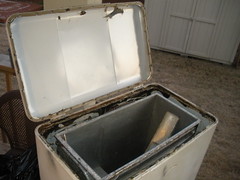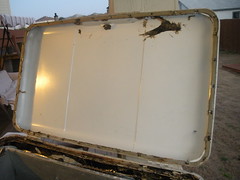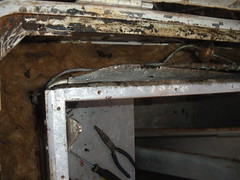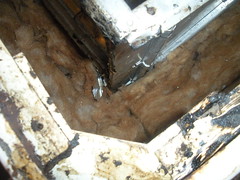Just a thought..
Where I work, we use the 2 part foam chemical to pack odd shape stuff for shipping. We have a machine that takes a roll of plastic and makes a sort of bag on the fly. You punch in something like 18" and it spits out a custom bag with a measured amount of foam inside. You have to place it in the box with the product to be shipped, and seal the box as it expands.
You could slide some thin plastic sheet down the cavity, maybe using some broom handles or something to push the corners of the "bag" to the bottom. Think of it like a pool liner, or like pressing a single sheet of plastic into a cereal box. Then pour/spray the foam into that.
It won't make it any easier to remove, because as the foam expands, it'll press the plastic to the contours of the cavity (A good thing I think). However, it will prevent the foam from surrounding the coils, or contaminating other delicate parts in the walls.













![Craft A Brew - Safale S-04 Dry Yeast - Fermentis - English Ale Dry Yeast - For English and American Ales and Hard Apple Ciders - Ingredients for Home Brewing - Beer Making Supplies - [1 Pack]](https://m.media-amazon.com/images/I/41fVGNh6JfL._SL500_.jpg)


















































